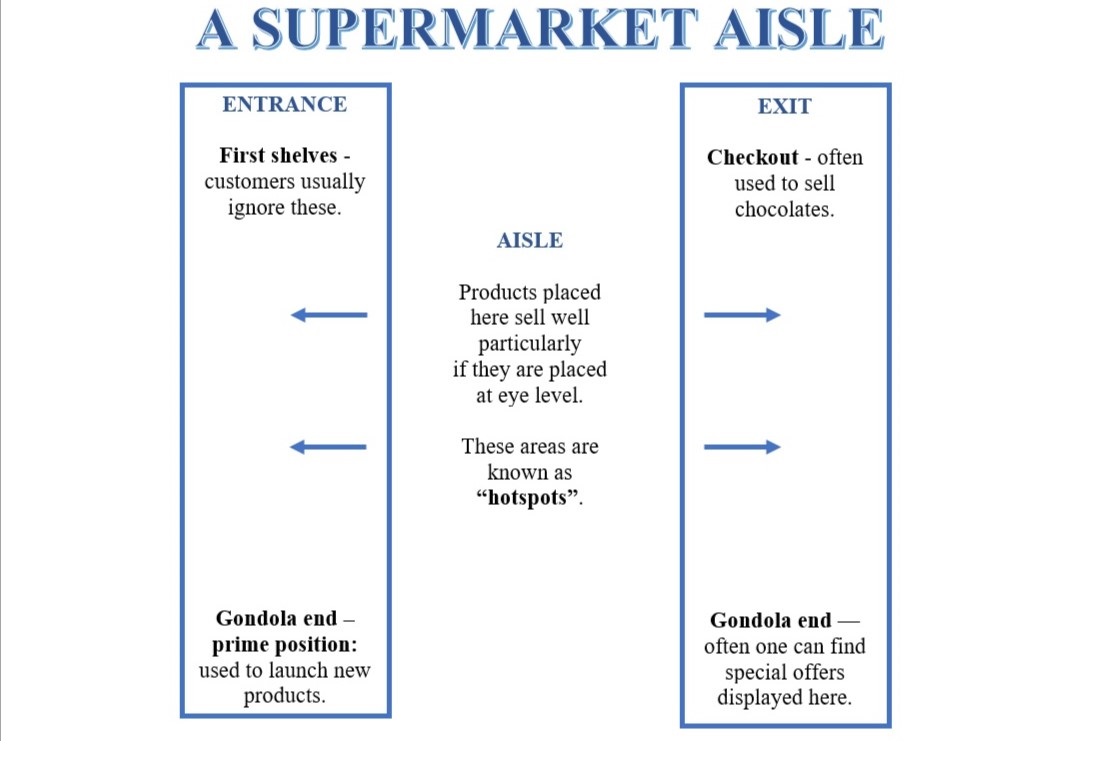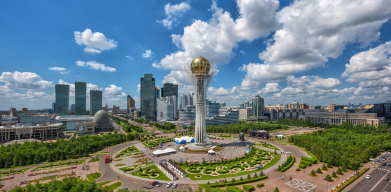Space Management: how does it influence your sales?
29.06.2024 | 10:00 |And today we are going to look particularly at space management in the supermarket. Now since the time supermarkets began, marketing consultants have been gathering information about customers’ shopping habits.
To date, various research methods have been used to help promote the sales of supermarket products. There is, for example, the simple and direct questionnaire which provides information from customers about their views on displays and products and then helps retailers make decisions about what to put where.
Another method to help managers understand just how shoppers go around their stores are the hidden television cameras that film us as we shop and monitor our physical movement around the supermarket aisles: where do we start, what do we buy last, what attracts us, etc.
More sophisticated techniques now include video surveillance and such devices as the eye movement recorder. This is a device which shoppers volunteer to wear taped into a headband, and which traces their eye movements as they walk round the shop recording the most eye-catching areas of shelves and aisles.
But with today’s technology Space Management is now a highly sophisticated method of manipulating the way we shop to ensure maximum profit. Supermarkets are able to invest millions of pounds in powerful computers which tell them what sells best and where.
Now, an example of this is Spaceman which is a computer program that helps the retailer to decide which particular product sells best in which part of the store. Now Spaceman works by receiving information from the electronic checkouts (where customers pay) on how well a product is selling in a particular position. Spaceman then suggests the most profitable combination of an article (product) and its position in the store.
Let’s have a look at what we know about supermarkets and the way people behave when they walk down the aisles and take the articles (products) they think they need from the shelves.
 Diagram
Diagram
Now here’s a diagram of one supermarket aisle and two rows of shelves. The entrance at the top left-hand corner. Now products placed here, at the beginning of aisles, don’t sell well. In tests, secret fixed cameras have filmed shoppers’ movements around a store over a seven-day period. When the film is speeded up, it clearly shows that we walk straight past these areas on our way to the centre of an aisle. Items placed here just don’t attract people.
When we finally stop at the centre of an aisle, we pause and take stock, casting our eyes along the length of it. Now products displayed here sell well and do even better if they are placed at eye level so that the customer’s eyes hit upon them instantly. Products here are snapped up and manufacturers pay a lot for these shelf areas which are known in the trade as “hotspots”. Naturally everyone wants their products to be in a hotspot.
But the prime positions in the store are the ends of the aisles, otherwise known as “Gondola ends”. Now these stand out and grab our attention. For this reason, new products are launched in these positions and manufacturers are charged widely varying prices for this privileged spot.
Also, the end of an aisle may be used for promoting special offers which are frequently found waiting for us as we turn the corner of an aisle.
Well, now, eventually of course, we have to pay. Any spot where a supermarket can be sure we are going to stand still and concentrate for more than a few seconds is good for sales. That’s why the shelves at the checkout have long been a favorite for manufacturers of chocolates — perhaps the most sure-fire “impulse” food of all.











